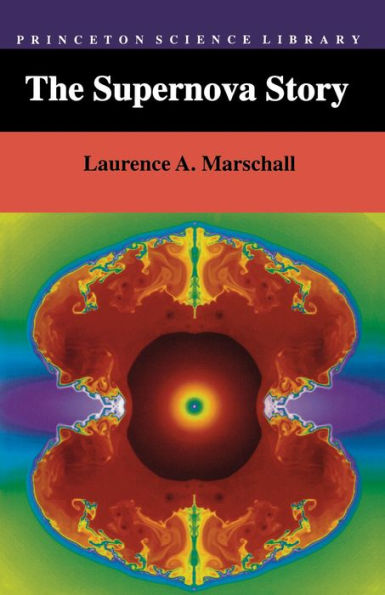The Supernova Story
Astronomers believe that a supernova is a massive explosion signaling the death of a star, causing a cosmic recycling of the chemical elements and leaving behind a pulsar, black hole, or nothing at all. In an engaging story of the life cycles of stars, Laurence Marschall tells how early astronomers identified supernovae, and how later scientists came to their current understanding, piecing together observations and historical accounts to form a theory, which was tested by intensive study of SN 1987A, the brightest supernova since 1006. He has revised and updated The Supernova Story to include all the latest developments concerning SN 1987A, which astronomers still watch for possible aftershocks, as well as SN 1993J, the spectacular new event in the cosmic laboratory.
1102511140
The Supernova Story
Astronomers believe that a supernova is a massive explosion signaling the death of a star, causing a cosmic recycling of the chemical elements and leaving behind a pulsar, black hole, or nothing at all. In an engaging story of the life cycles of stars, Laurence Marschall tells how early astronomers identified supernovae, and how later scientists came to their current understanding, piecing together observations and historical accounts to form a theory, which was tested by intensive study of SN 1987A, the brightest supernova since 1006. He has revised and updated The Supernova Story to include all the latest developments concerning SN 1987A, which astronomers still watch for possible aftershocks, as well as SN 1993J, the spectacular new event in the cosmic laboratory.
39.95
Out Of Stock
5
1

The Supernova Story
344
The Supernova Story
344Paperback(With a New preface and epilogue by the author)
$39.95
Related collections and offers
39.95
Out Of Stock

Product Details
| ISBN-13: | 9780691036335 |
|---|---|
| Publisher: | Princeton University Press |
| Publication date: | 07/03/1994 |
| Series: | Princeton Science Library , #14 |
| Edition description: | With a New preface and epilogue by the author |
| Pages: | 344 |
| Product dimensions: | 7.75(w) x 10.00(h) x (d) |
About the Author
From the B&N Reads Blog
